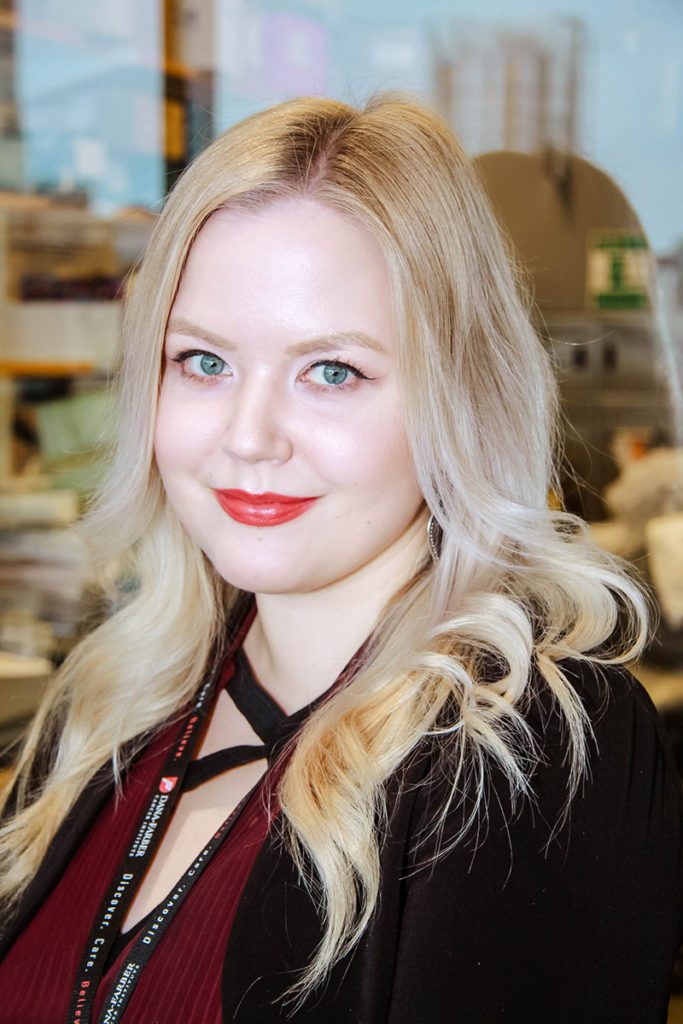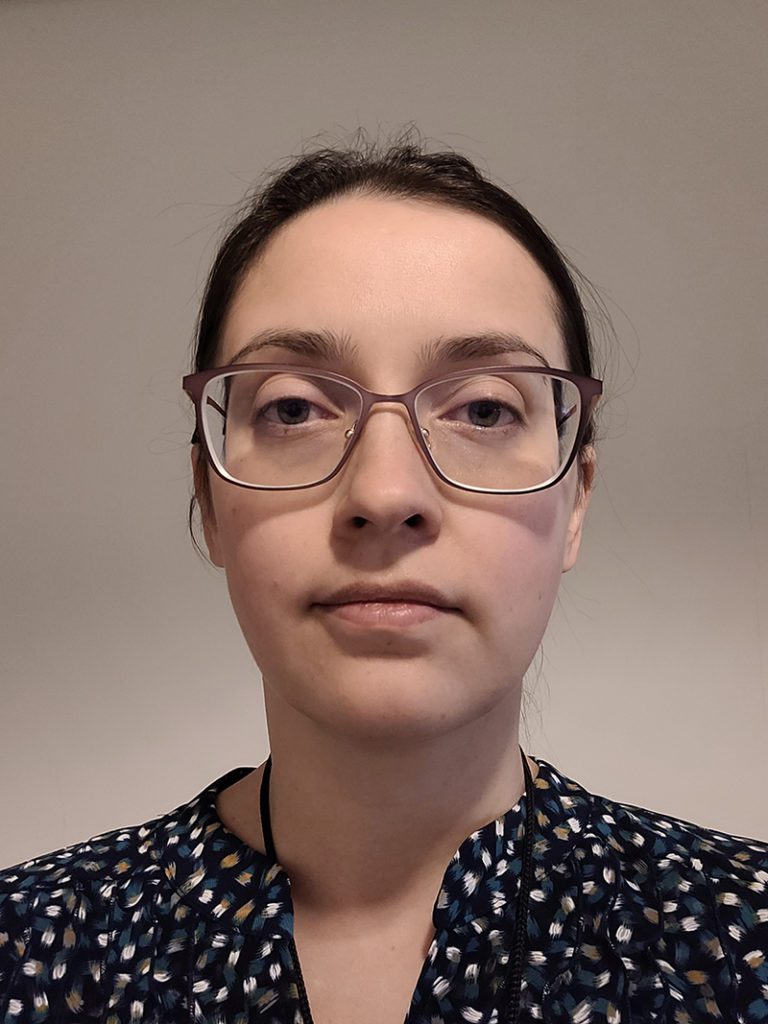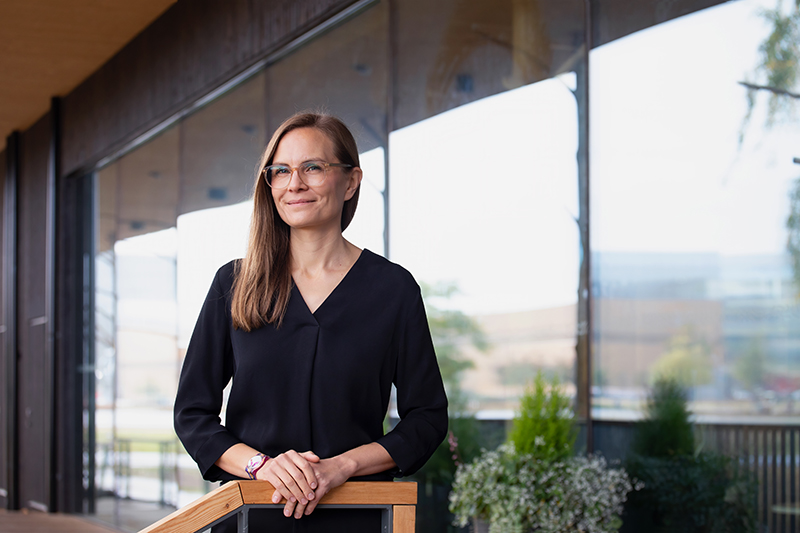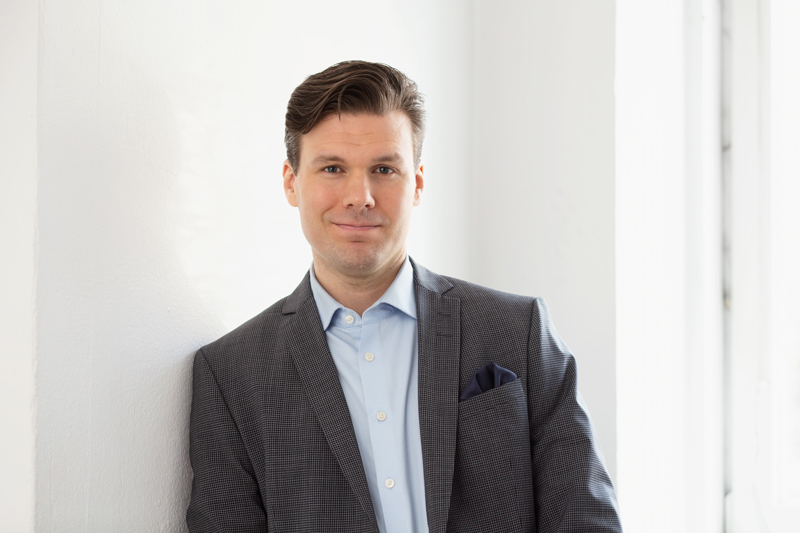Sometimes the highest-impact research is work whose outcomes cannot be predicted in advance
How is research impact defined and understood in the day-to-day work of academic researchers and business companies? We asked people engaged in three FRIF-funded projects how they saw the meaning of impact in their work.
If a doctor knew for sure which medicine is the most effective choice of treatment for a specific cancer patient, both the patient and the health care system would stand to benefit. This is the kind of certainty that University of Helsinki researchers are looking for in a joint project with Finnadvance, a Finnish biotechnology company. The project is designed to model the patient’s immune system and cancer tissue in miniature in order to predict whether the patient would benefit from cancer immunotherapies. Immunotherapies are treatments that stimulate the body’s immune system to fight cancer. If the research team succeed in their efforts, the results could revolutionize cancer treatment. There is thus no question about the potential impact of the project.

Heidi Haikala leads the University of Helsinki project “Solid-IO: Patient-relevant microfluidic platform for immuno-oncology drug testing”.
“However, there is no way for us to know whether our predictions of the efficacy of medical treatment will be borne out,” says Heidi Haikala, principal investigator of the project. The project is a close collaboration between Finnadvance and Helsinki University Hospital (HUS). Experiments similar to clinical trials are used to simulate the reality of cancer treatments as closely as possible.
As in any industry-academia project, it is difficult or close to impossible to fully predict the results of the research. But the impact of research cannot be measured only in terms of the achievement of expected results.
“Even if we failed to achieve the result we’re looking for, the new knowledge created in the project may still have practical application in some other, even unexpected way,” Haikala explains. She believes that all research must benefit society in one way or another, but society can benefit equally from basic research and from applied research.
Maria Morits works as a post doc researcher in Aalto University’s project “Film formation mechanism of bio-colloids for sustainable coating solutions (FilmCO)”.

Postdoctoral researcher Maria Morits takes much the same position. Maria is working on a joint project between Kemira and Aalto University to explore bio-based film formation mechanisms for packaging materials. “Sometimes research results are interesting for the researcher but do not serve the company’s objectives.” Morits and her team are keen to assess the impact of the project in the light of the emerging new knowledge and new tools. “Our aim is to find methods we can use to examine film formation mechanisms of bio-based dispersion coatings. If we can do that and learn how to predict these properties quickly, easily and accurately, then the project will already have been a success.”
According to Maria Morits, the impact of a research project should not be assessed along the impactful vs non-impactful axis, but impact is the sum of different project components. One component may be successful and produce results even if another component fails.
One way to achieve successes is for members of the research team and company representatives to meet monthly or more often to review current results. “If we feel that something isn’t quite working, we will look into that straight away and try to figure out problems as they arise,” she explains.

Juha Oksanen’s company Oksasen puutarha is a partner in the University of Turku project “Integration of greenhouse farming and microalgae bioproduction for a sustainable circular agriculture approach (AgriAlga)”.
Sometimes it may take years for the true impact of an industry-academia collaboration to become apparent, says Juha Oksanen, whose company is working in a joint project with the University of Turku. This project is aimed at creating a closed greenhouse cultivation cycle where the waste generated in production can be recycled as raw material for cultivation. At best the project could produce a number of important results that serve both research and the company’s business.
The project team are currently focused on exploring what types of microalgae can be grown in greenhouse wastewater. At Oksanen’s company called Oksasen puutarha, wastewater is typically generated in the treatment of plant growing substrates and plant debris. This is highly rich in nutrients, but it is also very dirty and may contain plant diseases. Microalgae can use the nutrients in greenhouse wastewater for their growth, and the treatment of the algae-growing equipment helps to remove plant diseases from the wastewater.
“This project allows us to monitor the quality of our wastewater in ways that we wouldn’t be able to do without research collaboration,” Oksanen says. Ultimately the results from the research will bring direct cost savings to the company.
“Municipal wastewater charges mean that wastewater is an expensive outlay for us. That’s why from a business point of view we would like to get to the point where we don’t generate any wastewater at all. At the same time we can reduce our water consumption.” Results on the cleansing effect of algae growing are expected in spring 2024.
Another possible manifestation of a project’s impact are new business opportunities created by the knowledge produced in the project. Microalgae grow very rapidly and the project is constantly producing new results on what kind of algae flourish in greenhouse wastewater. “Growing algae may emerge as a whole new business alongside greenhouse production,” Oksanen concludes.



